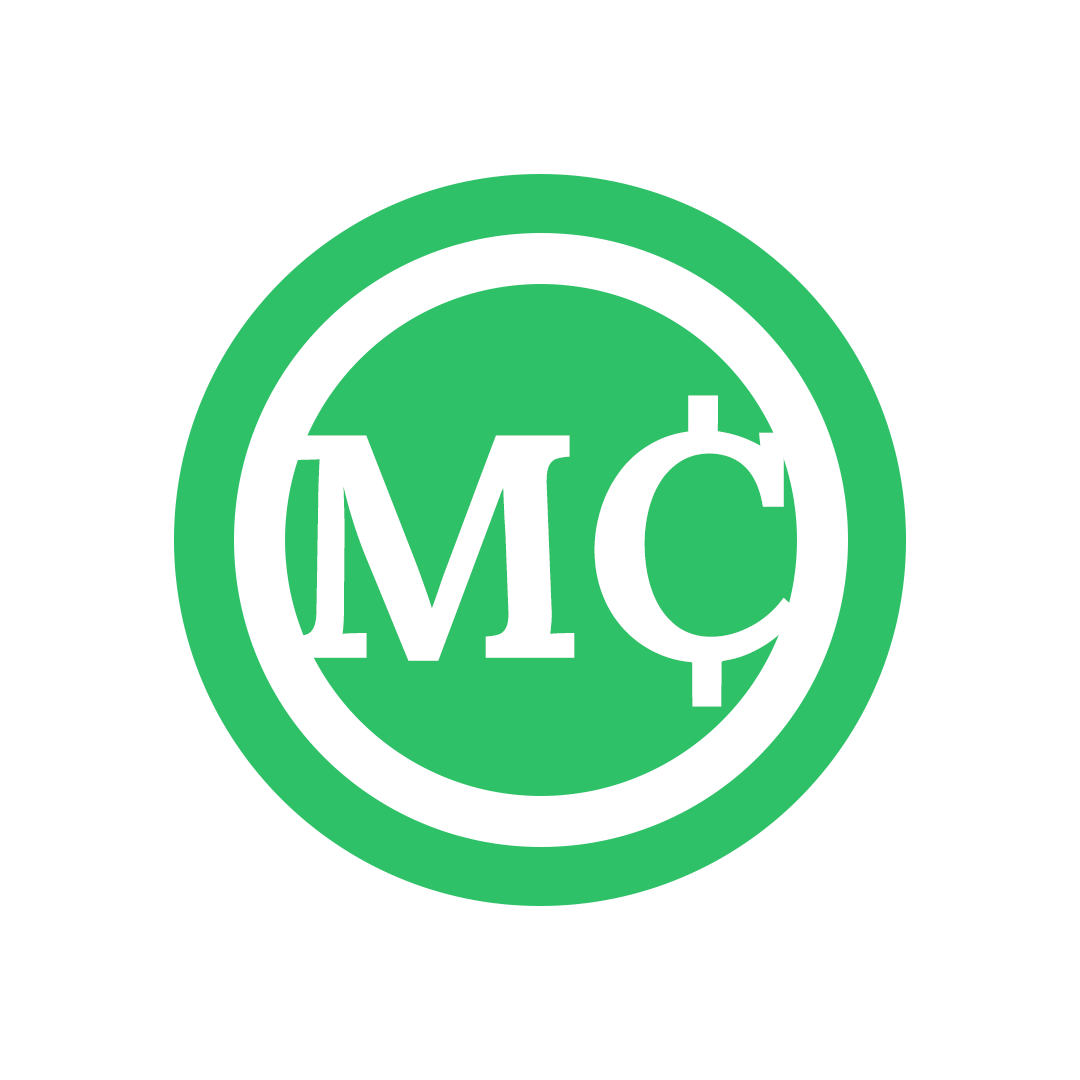Anúncios
personal branding strategy can be the difference between waiting for luck and attracting real opportunities today.
What if the way you tell your story and share your work could make people choose you first? This guide shows practical steps used by leaders like Oprah, Patricia Bright, and Charlotte Cho to shape a clear brand and reach the right audience.
You’ll get a step-by-step roadmap that covers purpose, platform, visuals, and content. The advice fits hybrid roles, portfolio careers, and the creator economy without hype. Expect checklists, simple exercises, and examples to help your business or career grow.
Be clear: results depend on effort, context, and your profile. Consistency and honest choices build trust with people and open more opportunities over time. If you want faster progress, mentors or professionals can help guide the work.
Introduction: Why a personal branding strategy matters for your career and business
personal branding strategy turns your reputation into a clear career asset in 2025’s fast-changing world.
Work models have shifted and the creator economy rewards authenticity over polish. Platforms like TikTok showed that unvarnished content builds trust fast. That means reach alone is less valuable than relevance on social media and niche media channels.
Your brand helps people quickly see who you are, who you serve, and why it matters. Clear signals attract better opportunities—clients, employers, or investors—that actually fit your goals. Depth beats volume: consistent, aligned content compounds over time and improves credibility.
In this guide you’ll get a simple framework: purpose, audience, messaging, story and visuals, platform choice, content rhythm, community, and measurement. Follow sections in order, try the short exercises, and adapt examples for your industry and audience. You don’t need fancy gear—start with what you have, test, and iterate with feedback.
Bookmark sections and share with peers or an expert mentor for accountability. The aim isn’t celebrity but discoverability and credibility to the right people and partners. Results depend on context and time; focus on quality opportunities, not vanity metrics.
What a Personal Brand Really Is
A clear set of cues across platforms makes it easier for others to choose you when opportunity appears.
Your personal brand is the lived story of your values, strengths, and relationships — not just a résumé or bio. It shows up in tiny details: your website colors, the tone on LinkedIn, and the case snippets you share.
How perception shapes outcomes:
Your brand as story, values, and relationships
“A brand is the set of expectations, memories, stories, and relationships that drive selection.”
That quote explains why consistent voice and visuals matter. When your words, photos, and actions match, people form a clear view of your reputation and expertise.
How perception drives real opportunities
Consistent cues help clients, employers, and partners decide to work with you. Small signals—an exact headline, a concise services list, short case examples of skills and outcomes—make you memorable.
- Clear headline that signals your expertise
- Services list that tells others what you do
- Case snippets that show measurable results
Remember: silence is a signal too. If you don’t define your story, others will. Make trust intentional by aligning words and actions across channels so your audience places you correctly in their mental business categories.
Why Personal Branding Matters Today
In a crowded media landscape, simple, steady signals win attention fast. You need clear cues that make it obvious who you help and what you do.
Authenticity, credibility, and consistency as signals
Authenticity matters because people trust real stories over polished ads. Short, honest posts and useful lessons build rapport across platforms.
Credibility shows up as a pattern: aligned claims, proof, and a steady tone. Share case notes, outcomes, and small wins so your reputation grows from evidence, not slogans.
Consistency helps your audience recognize you. When visuals, voice, and values match, people decide faster and more confidently.
- Feeds reward honesty and repeatable signals.
- Frequent small proofs beat one-off polish.
- Experts grow by narrowing focus and staying steady, not chasing every trend.
Show, don’t tell: share process, outcomes, and lessons. That habit leads to faster trust, better-fit opportunities, and an engaged audience who finds your brand easier to pick.
Start With Purpose and Self-Assessment
Begin by naming what drives you each morning—this clarifies every choice you make next. Use a short self-audit to turn vague intent into clear offers and actions.
Anchor: Why, How, What
Write a one-sentence Why, a one-line How, and a one-line What. Keep these as your public elevator pitch and internal compass.
Frameworks and a quick audit
Apply the Four C’s—Clarity, Consistency, Content, Communication—before scaling output. Map the Seven Pillars: note Purpose, Values, Strengths, Energy, Legacy, and Ownership in a short list.
Practical exercises
- Run a 30-minute SWOT: record 3 strengths, 3 weaknesses, 3 opportunities, 3 threats.
- Draft a brand “hero” profile: pick one real expert you admire and list 4 traits to emulate.
- Set 3–5 measurable goals (calls, interviews, media slots) and pick 1–2 tools to track progress.
Decide what stays private to protect your personal professional boundaries. Then book a 45-minute block weekly to revisit purpose and measure progress.
Define Your Audience and Niche Focus
Start by naming the exact people whose attention will move your work forward. Decide who benefits most from your offers, who you want to impress, and which people you hope to befriend.
Create one-sentence audience profiles: role, main need, and the result you deliver. For example: “Early-stage product managers who need UX research to ship faster.”
Carve a niche within a field or industry so your brand becomes memorable. Narrow beats broad: pick a subtopic you can own and show clear outcomes.
- Map top pains and desired gains to your skills and content themes.
- Pick one core platform where your audience lives and your style fits.
- Two quick ways to validate fit: short interviews with target people and simple social polls.
Draft a mini content plan that answers top audience questions in their voice. Watch for signals you’re too broad: low recall, mixed inbound, or unclear referrals. Tight focus speeds discovery and helps you be seen as an expert in building personal brand.
Craft Clear, Consistent Brand Messaging
Clear messaging turns casual attention into useful conversations. Make your words do the work: be specific about who you serve, the problem you solve, and the result people can expect.
Write a precise brand statement and unique value proposition (UVP)
Start with a one- or two-sentence statement that names your audience, the problem, and the outcome. Keep it tight and measurable.
- Template (statement): “I help [who] solve [problem] so they can [outcome].”
- Template (UVP): “I combine [expertise] and [method] to deliver [specific result] for [clients].”
- Example: “I help early-stage founders validate product ideas in four weeks so they avoid wasted spend.”

Keep voice authentic, simple, and aligned across platforms
Pick 3–5 voice traits that match your personality and use them in your bio, posts, and profile headers.
- Traits: direct, warm, practical, curious.
- Reuse a short tagline and a longer paragraph for bios and marketing materials.
- Keep a living glossary of audience words so your content sounds natural.
Quick checklist: specific, direct, consistent, and true to your brand. When messaging matches your offers and case work, you create trust and clearer inbound opportunities. Use this approach as part of your larger strategy and watch clarity shorten the path from discovery to engagement.
Tell Your Story and Build Visual Identity
Your story and visuals work together to make strangers stop scrolling and remember you. Begin with a short bio and a longer origin narrative so you can swap pieces across bios, talks, and pitches.
Narrative building for bios and talks
Short bio (50–75 words): state who you help, the problem you solve, and one proof. Keep it tight and swappable for profiles.
Long origin (200–250 words): use a simple arc: context, turning point, results, and what you build next. Add one proof element (metric or testimonial) to ground the story.
Visual basics: colors, tone, and photography
Pick a compact visual kit: 2–3 colors, 1–2 typefaces, and one consistent photo style that fits your field. Use natural light for portraits and a repeatable backdrop for quick video.
Real-world cues and examples
Show evolution: Oprah sharpened her voice over many early iterations—track changes so your audience can follow growth. Creators like Alice Thorpe use clear words to signal personality and craft.
Tip: document three recurring story elements (values, a signature phrase, a motif) and link them to your visual identity. Learn more about building visual identity here.
Separate Personal and Professional—With Intention
Setting clear boundaries between life and work prevents burnout and protects your reputation. Decide how much of yourself you share so you can stay safe and stay visible. Use a simple rule for your accounts: if a post risks harassment or reveals identifiers, keep it private.
Define red lines—topics you won’t discuss and elements you’ll mask on public profiles. This keeps your personal professional presence steady and reduces doxxing risk.
Practical steps to protect your brand and audience trust
- Create a decision rule: if it’s not customer-focused or helpful to people you serve, post it off-channel.
- Align with employer or client messages by echoing goals without erasing your voice.
- Adapt tone per channel—patricia Bright-style—while keeping core story and values the same.
- Use social hygiene: privacy settings, two-factor logins, and a quick content review before posting.
- Handle sensitive interactions calmly, document them, and respond in a way that reflects your brand.
Final way forward: treat visibility as intentional. Tie your story to business when it helps customers, protect what matters, and arrive online as a steady, expert voice people can trust.
Choose Platforms and Build a Consistent Presence
Match your natural strengths to the places your audience visits most often. Pick a clear home base where you can show up every week. Choose that base by comfort (short text, livestream, short video), existing traction, and where your target people hang out.
Pick channels based on strengths and where your audience lives
Start with one primary platform that fits your style and audience. If you like quick bursts, pick short-form video or text. If you prefer depth, pick a blog or long-form video.
- Select one primary platform where your audience is active and you can post weekly.
- Add one supportive channel to repurpose posts and reach related segments.
- Choose low-investment starters (TikTok, X, Instagram) to test ideas fast, then move traffic to durable media like YouTube or a blog.
Adapt formats to platform norms while keeping brand coherence
Map each platform’s norms—length, format, and cadence—and slot your content to match. Keep brand coherence with repeatable intros, visuals, and sign-offs so others recognize you fast.
Simple rhythms work: three short posts, one long post, and one interaction day each week. Add social hygiene steps: privacy checks, two-factor login, and a calm tone in replies.
Track what matters: monitor which platforms send client inquiries and expert invitations, not just views. Focus on channels that create useful leads and steady connections in your field.
Create a Content Strategy Rooted in Value
Plan your content so each post earns trust and points people toward the work you want to do.
Start small and focus on value: teach, solve a clear pain, then invite conversation. Over time this compounds into steady lead flow and better-fit opportunities.
Map pillars, cadences, and a calendar that compounds
Choose 3–5 content pillars tied to audience pains and your expertise. Examples:
- How-to: quick tutorials and video walkthroughs.
- Case notes: short client wins and measurable outcomes.
- Tools & tips: templates and checklists people can reuse.
- FAQ: answers to common concerns that help clients evaluate fit.
- Industry trends: clear takes that show your point of view.
Set a realistic cadence you can sustain for years. Then build a monthly content calendar that repeats themes and reuses best posts in new formats.
Leverage video, newsletters, and blogs for depth
Lean on durable formats: short video walkthroughs for discovery, a newsletter for direct contact, and blog posts for depth and SEO.
Use calls-to-action that invite replies, not just clicks. Ask a simple question to learn from people and shape future content.
Practical tools and a real case cue
Simple tools: a calendar template, a production checklist, and a content repurpose list keep you consistent.
“Teach first, earn trust, then connect offers.”
Charlotte Cho used educational skincare content to build trust before launching Soko Glam. Follow that path: teach, document outcomes, then introduce offers that fit the audience you served.
Network, Engage, and Let Others Tell Your Story
Meaningful connections turn casual followers into advocates who share your work without prompting. Build habits that make engagement generous and useful. When you give time and help, people start recommending you naturally.
Build a two-way community
Start small and stay consistent. Set a weekly engagement block to comment thoughtfully and answer questions in your niche. That simple habit grows trust and signals your brand to the right people.
- Join 1–2 recurring events where your audience gathers so your work is visible and useful.
- Collaborate with peers and experts to cross-pollinate communities and add fresh perspectives.
- Make referrals easy: share a one-paragraph blurb and top links so others can introduce you clearly.
- Capture and reshare testimonials and user stories (with consent) to let others tell your story.
Tie engagement to clear goals like partnerships, referrals, or learning. Avoid chasing empty likes. Thank people publicly and privately—generosity compounds reputation and leads to repeat introductions.
“People trust recommendations from those they know. Give value first, and others will carry your story forward.”
Monitor, Measure, and Adapt Your personal branding strategy
Measure what matters: track the conversations that lead to real work, not just clicks. Set a simple review habit so you spend time improving the signals that bring qualified opportunities.
Metrics that matter: relevance of inbound opportunities and engagement quality
Don’t chase vanity numbers. Define success by outcomes you can act on.
- Qualified inbound: notes, requests, and invites that match your goals and profile.
- Engagement quality: saves, replies, and conversation depth over raw likes.
- Audience fit: log titles, industries, and problems mentioned in messages to check match.
- Keep a monthly review: what worked, what to stop, and one new test for the next month.
ORM tools, feedback loops, and authentic pivots without trend-chasing
Use available tools to protect reputation and learn faster.
- Set Google Alerts and use ORM tools to monitor media mentions and platform chatter.
- Create feedback loops with 3–5 experts, mentors, or power users for rapid input.
- Log experiments with dates, hypothesis, and results so you can see progress across years.
- Pivot by adding or retiring topics, but keep your core brand intact as you evolve.
“Review, learn, and adapt—small steps over time build a durable reputation.”
Conclusion
Wrap up with clear next steps so your work turns into real opportunities.
Summarize the journey: purpose, audience, messaging, story and visuals, platforms, content, community, and measurement. These parts make a durable brand that travels across media and time.
Be realistic: trust compounds slowly. Focus on fit over fame and steady habits over frantic marketing.
Try one small plan this week: one goal, one platform focus, one content pillar, one collaboration, and one review cadence.
Seek help from an expert or trusted peer to accelerate learning and sharpen your profile.
Publish a refreshed bio, ship a value-packed post, and book a feedback session. Let your story and values guide how you show up for clients and others as your career and business evolve.



